CDN speaks to Nissan Design Europe’s design operations director ahead of D4P, a new event that explores the relationship between design and engineering
As the director of design operations at Nissan Design Europe, David Mason has something of a unique role that spans design, engineering and various other elements in between.
It feels like quite a privileged position to be in, he says, working closely with both the design and engineering teams on a daily basis. It also feels like quite a natural fit given his career path, having worked in perceived quality, construction and material quality, design engineering and increasingly, the holistic user experience.

Ahead of Design4Production on 15 May in Munich, we caught up with Mason at the NDE headquarters in Paddington, London to get a sense of the topics that will be raised during the day.
Car Design News: Could you give me an idea of your role and a flavour of the kind of things you’re working on?
David Mason: I balance the product and the business sides in the studio.
Previously, I was looking after what we call production quality and design execution, which encompasses everything from market intelligence, product planning, understanding customers, and then translating that into a product.
It requires you to work with all the teams cross-functionally to make sure that what we release will be competitive, not just for when it’s released, but for a few years afterwards too.
CDN: Do you feel as if you are more closely linked to one side or the other?
DM: Not really. I’ve been based in the studio for 20 years, but my background is design and engineering with degrees in both. So I can comfortably jump in between both of those camps and have those conversations. Occasionally as a voice of reason.

David Mason is speaking at Design4Production on 15 May 2024 in Munich. Register here to join experts from the likes of ArcelorMittal, Changan, Ford, Hyundai, Italdesign, Nissan, Valeo and Volvo.
CDN: I’ve heard this kind of role described as “the lawyer of the design team”, but I don’t know how you would feel about that…
DM: Yeah, I’m not so sure about the lawyer part [laughs]… In general, you’ve got to be an advocate for design; to be in design, you have to work with design. You also need to influence external parties to help them understand what we’re trying to achieve.
To get people to go along with you, design needs that solid foundation
Matt Weaver [VP design, NDE]: You need to have that sensitivity to design, but you’re quite unique in a way, Dave. Designers tend to work on subjective feelings and emotions with their hands and their voices, and Dave’s great at the rational side of actually backing that up with figures or things that need to work across the company. This is quite important because to get people to go along with you and to make a big investment, design needs that solid foundation.
CDN: Offering a dose of reality, in a way.
MW: Yeah, reality pushes things, but David has a very nice, logical way of articulating things.
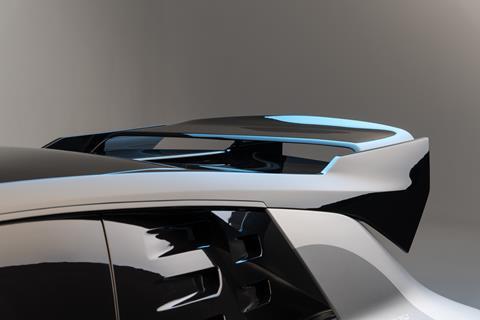
DM: It’s never an easy ride. The market intelligence and product planning teams will typically have quite a fixed view of what they want to try and achieve, whereas we might be coming in with a more progressive, future proof solution. It’s our job to get them comfortable with that.
Many years ago, we were having debates over, say, exterior finishes. But we had to try and make the various teams more comfortable with what we saw as a more progressive look. It was about asking ’what should we focus on?’ Should it be about putting chrome all over the car or should we focus on technology, for example? It can be quite a debate.
The design team is maturing and has a much clearer understanding of all of the parameters that need to be considered
CDN: I often hear about the friction that has historically been felt between design and engineering teams, but it seems like that is becoming a thing of the past. Would you agree?
DM: Yes, and I think the other teams have become a little bit more adventurous, a bit more progressive in general. Beyond that, I’m seeing a real customer pull for technology now, so we’ve got to balance that with the more traditional considerations. We can’t give everything and still be a profitable business. We have to find that right balance.

DM: I think we’ve all learned a lot more about each other’s disciplines as well. To achieve high construction quality, design has to know not just basic engineering, but have quite an in-depth understanding. And likewise, I think engineering now – in particular the aero guys – know quite a lot about exterior design now. So I think it’s coming with age and is definitely the right way to do it.
CDN: Shared understanding and respect for each others’ trades can only be a good thing, right?
DM: Exactly. I think the team here is maturing in that they are taking into account a lot more of these attributes like aerodynamics. We don’t really get the naive proposals that we were getting in the past sometimes. That’s not to say we’re not getting progressive, attractive designs. We are. But the design team is maturing and has a much clearer understanding of all of the parameters that need to be considered beyond design.











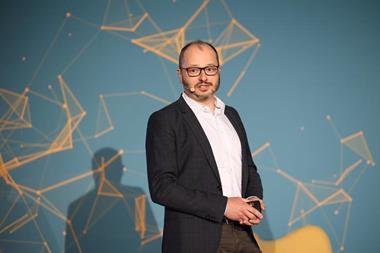
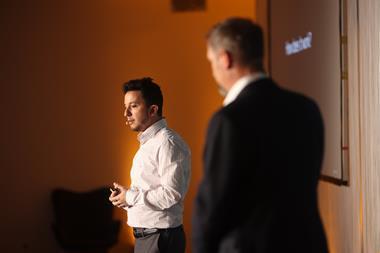
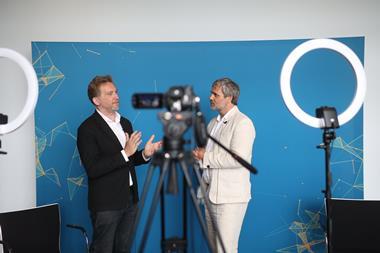
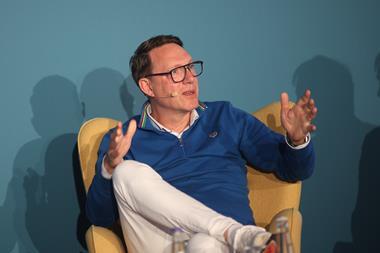
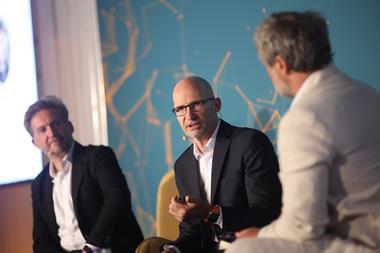



No comments yet